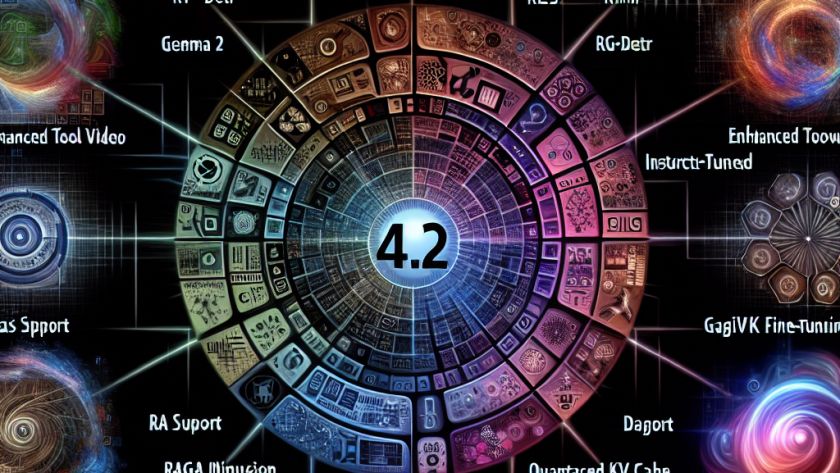Managing multiple AI agents in a system can often be a daunting task due to the need for effective communication, reliable task execution, and optimal scalability. Many of the available frameworks for managing multi-agent systems often lack in features such as flexibility, usability, and scalability. They also often require extensive manual setup, making it challenging…












